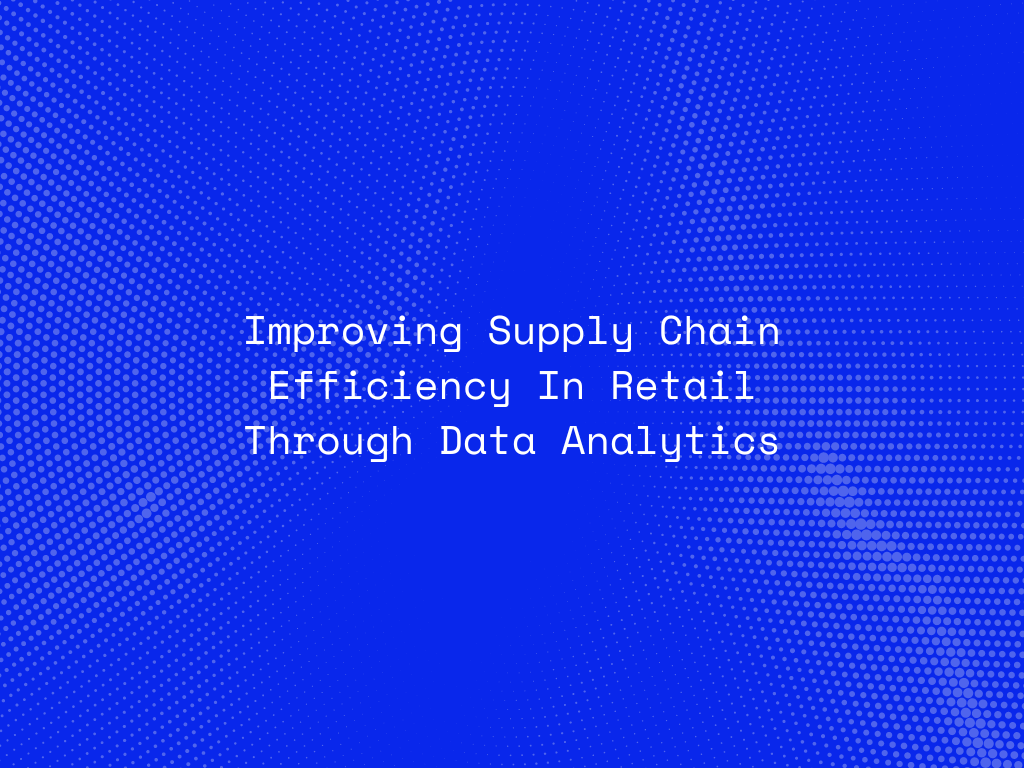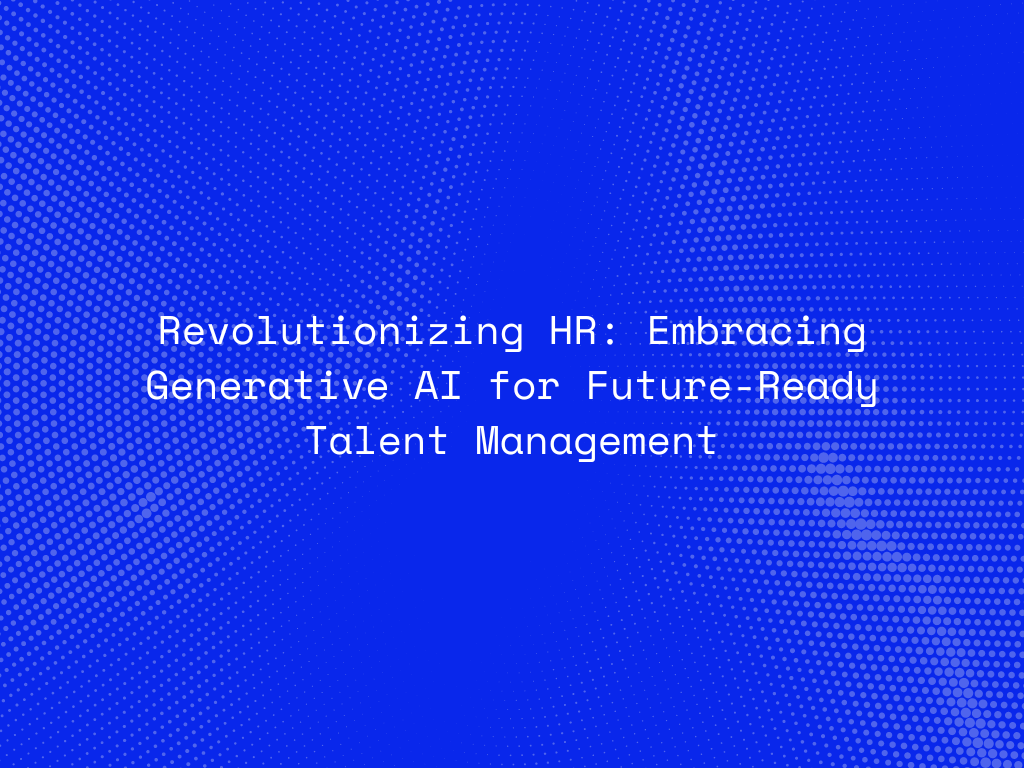Quality Engineering
Quality engineering is a systematic approach dedicated to ensuring the excellence and dependability of a product or service. It encompasses the creation, maintenance, and enhancement of systems and procedures throughout the stages of development, production, and delivery. The primary objective is to forestall defects, minimize wastage, and enhance customer satisfaction.
The practice of quality engineering encompasses a spectrum of principles and methodologies applied across the entire lifespan of a product. This includes analyzing requirements, designing and developing, testing, deploying, and maintaining the product or service. Quality engineers scrutinize these processes for potential flaws and deficiencies, implementing remedies to enhance both quality and efficiency.
Quality engineering is a systematic approach dedicated to ensuring the excellence and dependability of a product or service. It encompasses the creation, maintenance, and enhancement of systems and procedures throughout the stages of development, production, and delivery. The primary objective is to forestall defects, minimize wastage, and enhance customer satisfaction.
The practice of quality engineering encompasses a spectrum of principles and methodologies applied across the entire lifespan of a product. This includes analyzing requirements, designing and developing, testing, deploying, and maintaining the product or service. Quality engineers scrutinize these processes for potential flaws and deficiencies, implementing remedies to enhance both quality and efficiency.
At the core of quality engineering lies the principle of continual improvement. This entails ongoing monitoring and evaluation to pinpoint areas ripe for enhancement, followed by the implementation of appropriate adjustments. Data and metrics play a crucial role in this process, providing insights into performance and trends that inform further refinements.
Quality engineering thrives on collaboration across various departments within an organization. Quality engineers collaborate closely with product managers, designers, developers, testers, and customer support teams to ensure that quality considerations are embedded into every facet of the product or service.
Technology plays a pivotal role in quality engineering endeavors. Tools such as automated testing, data analytics, and machine learning facilitate the identification of defects and the enhancement of quality with greater efficiency and effectiveness.
In essence, quality engineering is indispensable for organizations committed to delivering top-notch products and services that align with customer needs and expectations. It demands a dedication to continuous improvement, collaborative effort, and the strategic utilization of technology to uphold quality across the product lifecycle.



